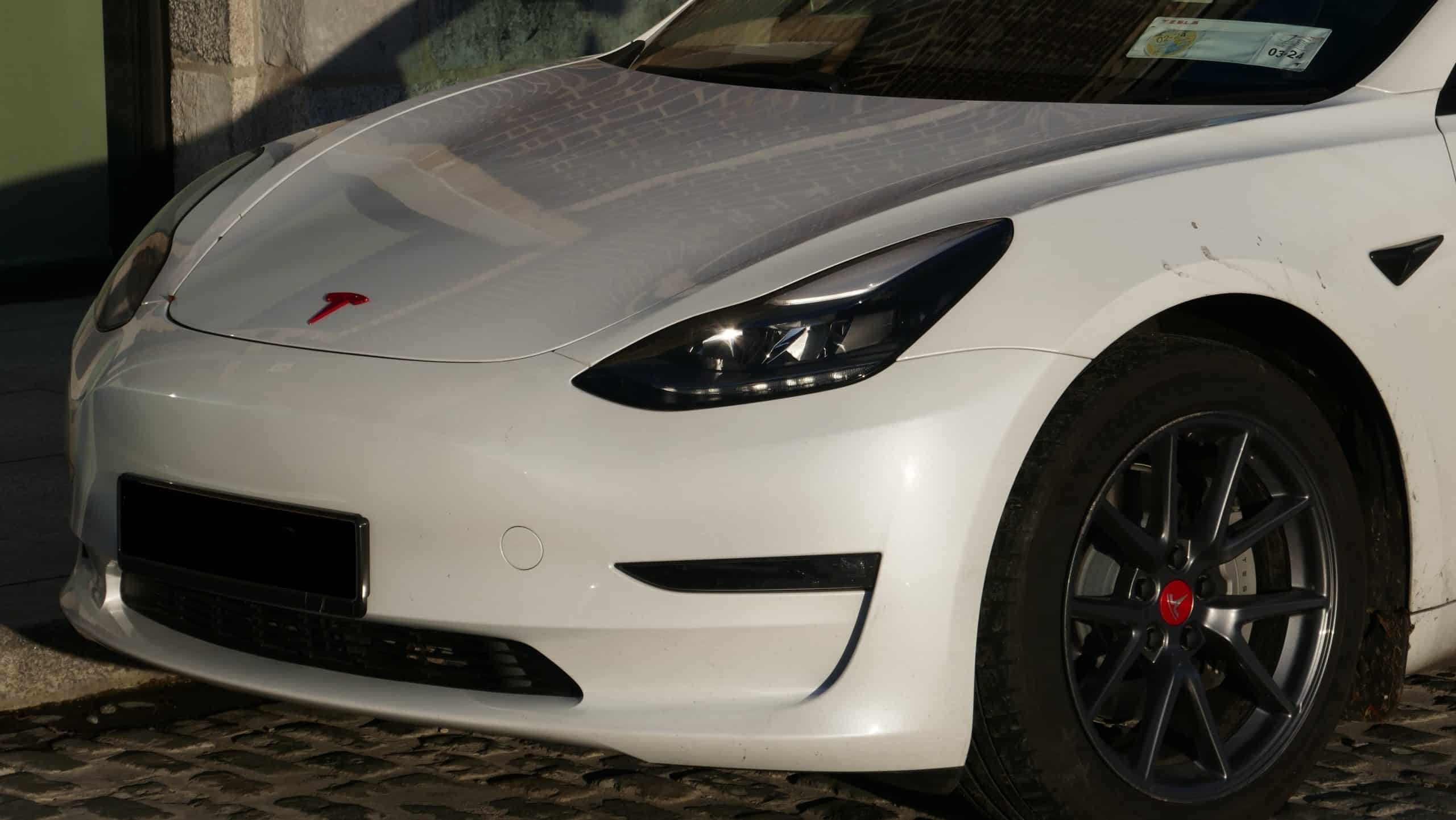
A growing number of Tesla owners have been reaching out to us recently with a pressing concern: why does Tesla seem to low-ball the trade-in value of their vehicles? This question, recurring among the Tesla community, points towards a trend that might seem perplexing at first, especially considering the brand’s high standing in the electric vehicle market.
Our take: The Core of the Issue is Tesla’s Business Model
To understand Tesla’s approach to trade-ins, it’s crucial to examine their primary business objective. Unlike traditional automakers who have a significant stake in both new and used car markets, Tesla’s focus is predominantly on selling new cars. The used car market is not their primary arena, and as such, their strategy around trade-ins is markedly different.
Deterring Trade-Ins: A Strategic Choice
When Tesla offers noticeably lower trade-in values, it isn’t merely an oversight or undervaluing; it’s a strategic choice. This tactic essentially serves as a deterrent, subtly nudging owners towards keeping their existing vehicles or, more ideally for Tesla, purchasing a new one while selling their old one themselves on the likes of Facebook Marketplace, or sending it to a dealer (who typically offer a higher value). For Tesla, managing a fleet of used cars is not just a diversion from their main business but also a potential logistical and resource-intensive headache.
The Logistics of Used Car Management
One of the less discussed, yet critical aspects of Tesla’s low trade-in values, is the logistical challenge of managing a second-hand inventory. Handling used cars requires a dedicated process, including:
- Inspection and Reconditioning: Each trade-in vehicle must be thoroughly inspected and possibly reconditioned to ensure it meets certain standards. This process is resource-intensive and can be costly.
- Storage and Inventory Management: Used cars require physical space for storage. Additionally, effective inventory management is crucial to avoid over-accumulation of cars that might not sell quickly.
- Transportation and Distribution: Moving these vehicles between various locations, whether for auction, direct sale, or to different dealerships, involves significant logistical planning and costs.
- Marketing and Sales: Selling used cars demands a different marketing strategy compared to new cars. It involves reaching out to a different customer segment and possibly competing with established used car markets.
Profit from Auctions: A Secondary Market Strategy
In cases where Tesla owners do (for whatever reason) accept the low trade-in offers, Tesla’s next step is most likely to sell these cars through auction houses. This move allows Tesla to tap into the car’s market value without the direct involvement in the second-hand market. By doing so, Tesla can make a substantial profit, offloading the tasks associated with used car sales – such as certification, warranty, and customer negotiations – to auction houses and secondary market dealers.
Subsidies and Federal Credits: An Additional Gain
Another layer to consider is the impact of subsidies and federal credits for electric vehicles. Owners of new Teslas often benefit from these financial incentives, which can skew the perceived value of the vehicle. When these cars enter the used market, these incentives are no longer part of the equation, which can lead to discrepancies in perceived value versus market value. Tesla’s low trade-in offers might also be partially influenced by this dynamic, ensuring that they remain profitable in transactions that involve vehicles originally sold with such incentives.
The Market Response
For Tesla owners looking to upgrade or sell their vehicles, this strategy by Tesla has led to a significant shift towards private sales or using third-party dealers. The market for used Teslas remains robust, with private sales often fetching much higher prices than Tesla’s trade-in offers. This trend underlines a growing market segment that Tesla currently shows little interest in tapping into directly.
What to do when you’re considering selling your Tesla?
Absolutely, start off by getting a quote from Tesla — it’s good to know what they’re offering. But hey, don’t stop there. Swing by CarMax for a quick comparison (and just so you know, we’re not getting any brownie points from them for this mention). It’s also a smart move to check out what your local dealerships might have on the table. And definitely take a dive into the online marketplaces. You’ll get a much clearer picture of what your Tesla is really worth out there. It’s all about making sure you’re in the know and getting the best deal possible!
Tesla’s approach to trade-in values is a calculated component of their business model, focused on new car sales and avoiding the complexities of the used car market. While this strategy may bring certain benefits to Tesla, especially in terms of profitability and business focus, it leaves owners to seek alternative avenues for selling their used Teslas. As the electric vehicle market continues to evolve, it will be interesting to see how Tesla’s stance on used vehicles develops, especially as their fleet ages and the demand for affordable, pre-owned electric vehicles grows.




[…] dent or scratch on a Tesla can significantly diminish the car’s value and aesthetic appeal. Traditional repair methods often involve repainting, which may not match the […]